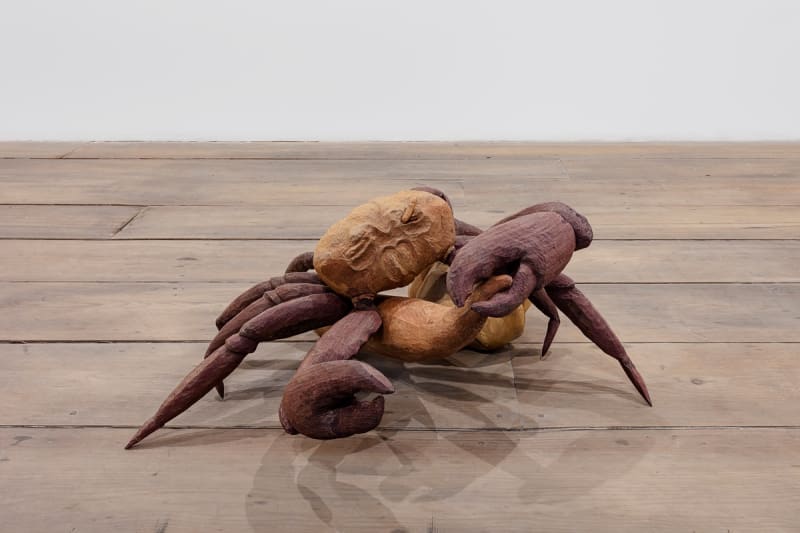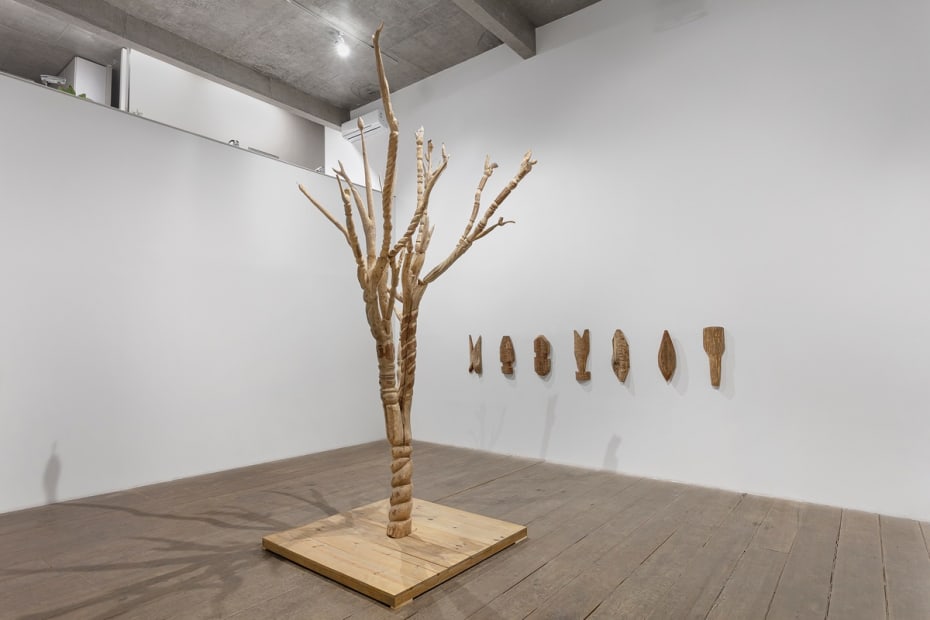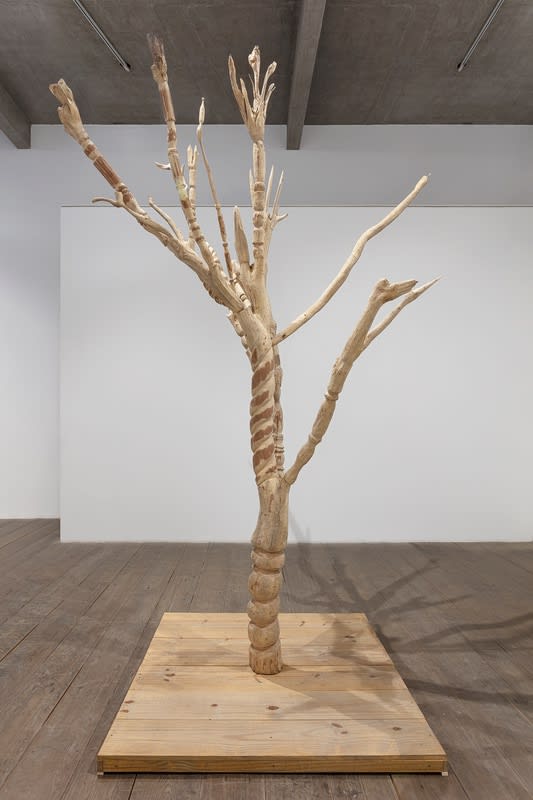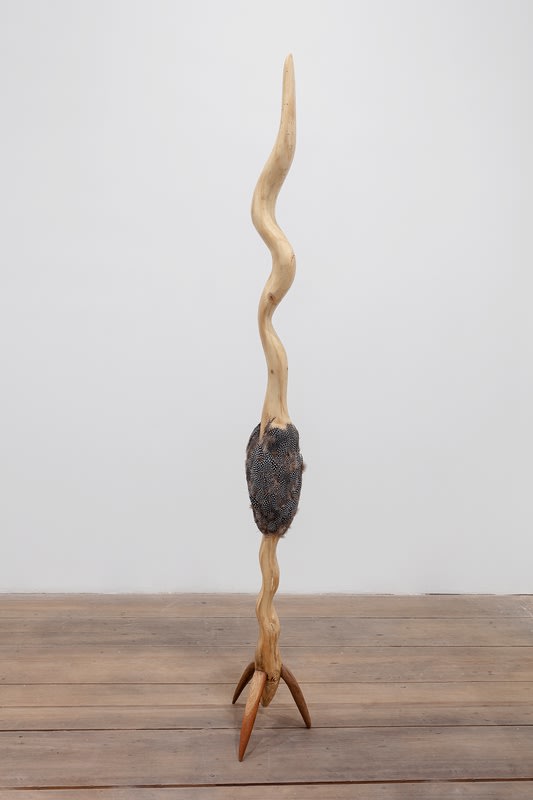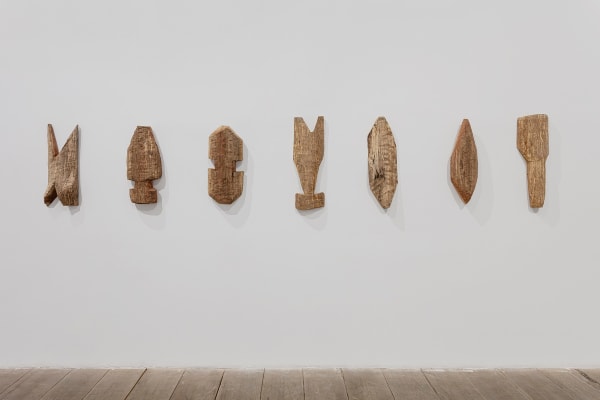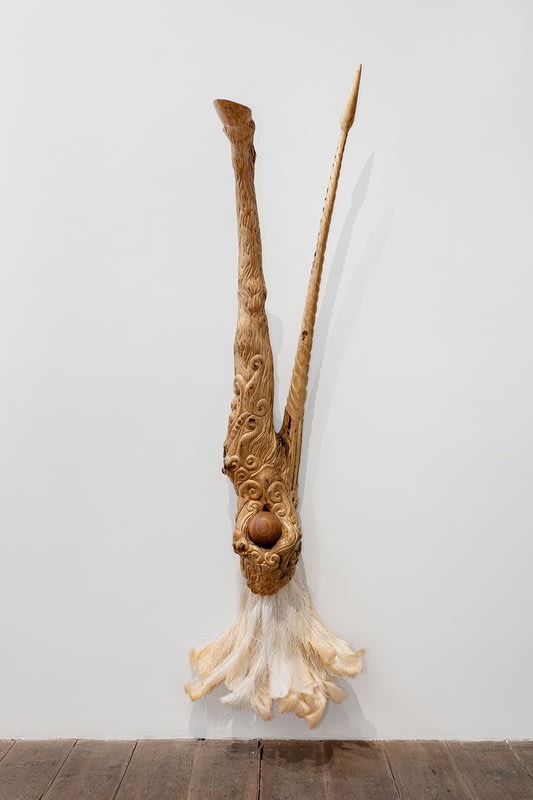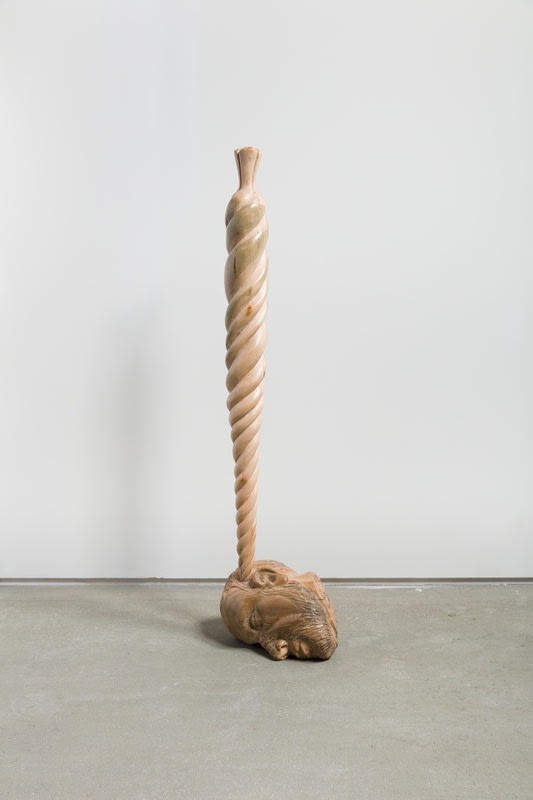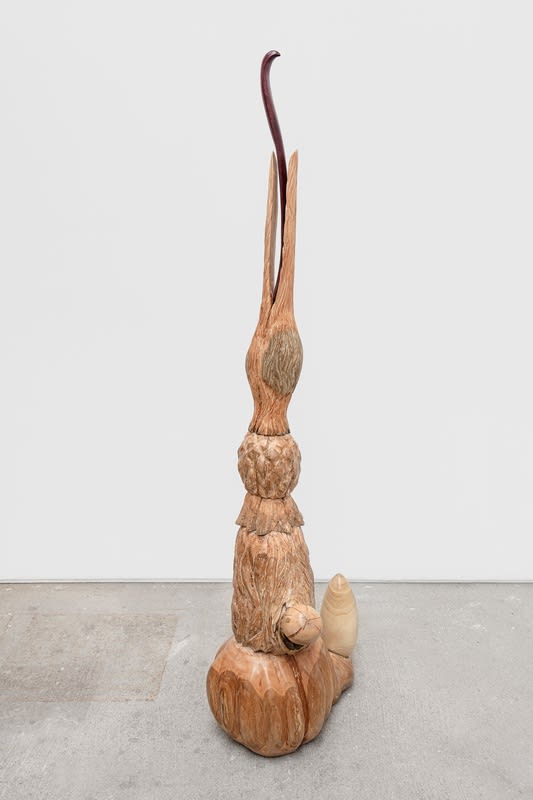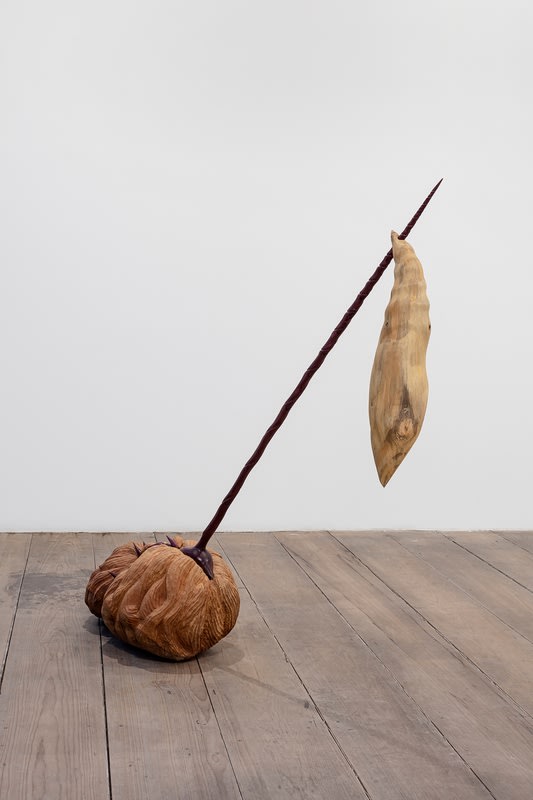ZÉ CARLOS GARCIA: BLIND SCULPTURE
ZÉ CARLOS GARCIA
ESCULTURA CEGA (BLIND SCULPTURE)
Text by José Augusto Ribeiro
Read it here
OPENING
Saturday, March 18, 2022
EXHIBITION PERIOD
March 18, 2023 - May 6, 2023
VISITING TIMES
Mondays to Fridays, from 10:30am to 7pm /
Saturdays, from 11am to 4pm
Tel: +55 11 3079-0853 /
Whatsapp: + 5511 96082-3111
contato@galeriamariliarazuk.com.br
The strong influence of Rio de Janeiro's carnival samba school allegories, the Northeastern landscape, the hybridism of diverse matrixes, and sustainability permeate the works of Zé Carlos Garcia, who worked as a sculptor for sixteen years in the carnival universe alongside personalities such as Joãosinho 30.
The exhibition Blind Sculpture, on show at Galeria Marilia Razuk - which last year completed 30 years in the market - from March 18, presents the artist's unpublished work, with wood from urban pruning, fragments of old furniture and forest management, and materials such as feathers and stones.
Zé Carlos' work is the result of a cultural amalgam, of the mixture of peoples that forged what we call Brazil. His objects and traces refer to elements of African religiosity, to indigenous culture, and to Portuguese colonialism - such as the drawings carved in "Chorando Pitangas" -, the latter a true urban alphabet, present in the ornaments of houses in the backlands of the Northeast, or in scenarios that can serve as support for graffiti in big cities. References such as the crab, typical of the market, in bars and restaurants, and in representations of Aracaju, capital of Sergipe, can also be checked in the works, as well as forms and other elements that refer to the region.
"Zé Carlos's work is a hybrid of diverse matrixes, and not only cultural ones. Hybridism between the baroque and the vernacular culture of artisans, or between African and indigenous ancestry. There are also crossings of other sorts there, between animals and objects, when we see wooden sculptures whose parts resemble birds, eggs, carry feathers, and, at the same time, have modern furniture feet. It preserves mysteries and ambiguities, provokes doubts, shows itself synthetic, simple - especially the wall pieces that will be in this next exhibition -, full of 'incomplete' elements and, in this, also kind of silent," analyzes José Augusto Ribeiro, Director of Special Projects at Galeria Marilia Razuk.
"Sculpture by itself is always blind. At the same time that some pieces seem to somehow observe, in fact only the spectator sees. And everything that this spectator sees may be pure creation, something that is only possible to be observed within each one's own universe. And each one of these readings is effectively possible. After all, since we are a miscegenated Brazil
"I tried to use a high level of craftsmanship, mainly using axes, knives, and gouges to make the pieces. Where each stroke, each physical effort made, awakens me to know the path I will follow in the work so that it does not simply run away in a psychic automatism. And it is this eternal struggle - or dance - in the making, that I end up finding the balance between faith and passion.
About the artist
Born in Aracaju (SE) in 1973, Zé Carlos Garcia Garcia lives in Rio de Janeiro, where he graduated from the School of Fine Arts at UFRJ and attended the School of Visual Arts at Parque Lage. He was a finalist for the Pipa prize in 2018 and his works, sculptures that mix elements such as wood, feathers, stones and horsehair, are in the collections of the Inhotim Institute (Brumadinho, MG), Museu de Arte do Rio - MAR (Rio de Janeiro) and the São Pedro Museum (Itu, SP), as well as being part of the collections of important Brazilian collectors.
